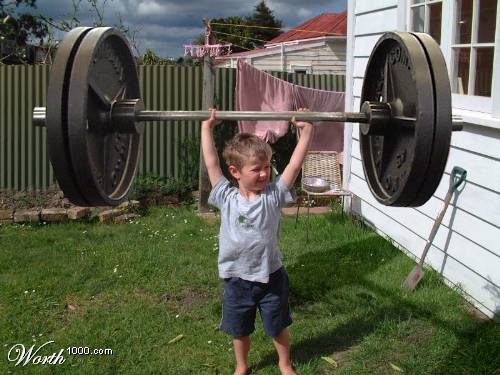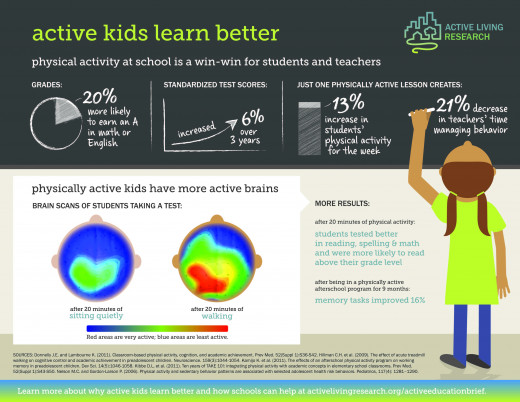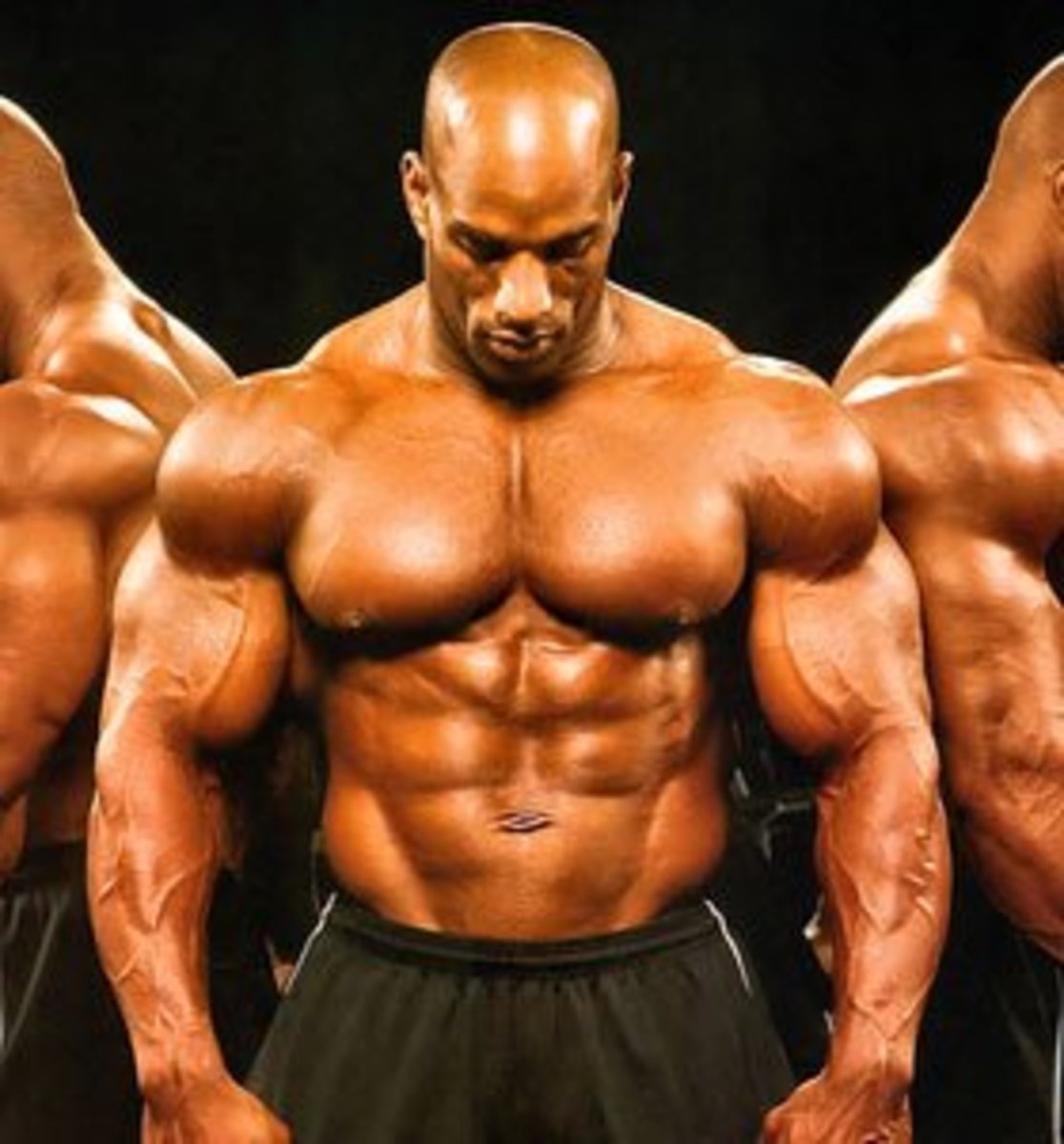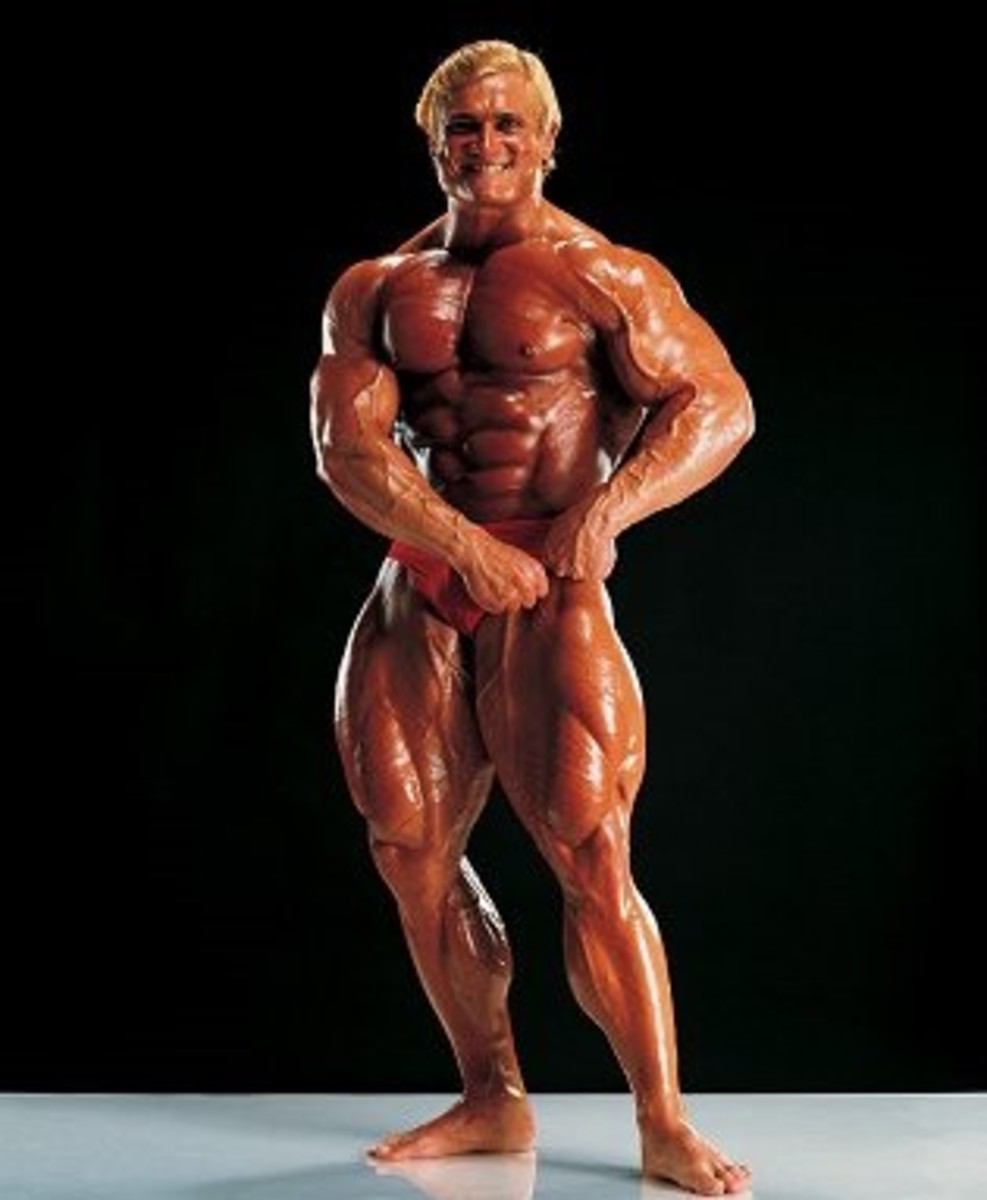Does Weightlifting Stunt Growth?

Young athletes are often advised not to pursue heavy weight training as it will stunt growth according to many a concerned parent or caretaker.
But are they right?
Where does the truth really lie?
How is growth stunted?
Bone length is regulated by growth plates (AKA epiphyseal plate) – atranslucent cartilage near the end of long bones.
In adults who have stopped growing the growth plate is replaced by an epiphyseal line.
In a growing child or adolescent, the growth plates are the weakest area of the skeleton and the most susceptible to injury.
According to the American Academy of Orthopaedic Surgeons (AAOS) it is estimated that 15-30% of childhood fractures are growth plate related. However despite their common occurrence long term consequences are rare, with growth deformity estimated to occur in 1-10% of cases.
What causes growth plate injuries?
Causes can be acute (one-off high impact event) or due to overuse (repeated impacting events over time).
According to the AAOS one-third of growth plate injuries occur in sports like football, basketball and gymnastics, whilst 20% occur as a result of recreational activities such as biking, skating, sledding or skiing. Weight training is never implicated as a high risk activity for growth plate injury in any of the research to date.
Weight training is a low impact activity unlike most competitive sports which involve running, jumping, twisting, turning and colliding, which results in much higher acute forces on the bones, tendons and ligaments.
If you look at the statistics collated for all injuries per hour weight training is at the bottom of the table by a huge margin (0.0035 injuries per 100 hours) compared to most popular sports like soccer (6.20 injuries per 100 hours), rugby (1.92 injuries per 100 hours), football (0.1 injuries per 100 hours) and basketball (0.03 injuries per 100 hours).

What is the origin of the myth?
The origination is unknown, but it is likely because many of the best weightlifters (e.g. Naim Suleymanoglu) are short in stature it will be assumed that heavy weight training stunted their growth rather than the more simple explanation that they are predisposed to be better equipped to lift heavier weights as a result of their shorter limb lengths (less distance needed to move the weight, which allows heavier weights to be used) in comparison to taller, longer limbed athletes.
What are the benefits of weight training for children?
The potential benefits include, but are not limited to:
- Improved fitness (strength, power and endurance)
- Improved athletic ability
- Improved neuromuscular co-ordination
- Improved body composition and weight management
- Increased bone strength
- Greater self-confidence
- Developing valuable life-skills (consistency, conscientiousness and discipline)

How should weight training be prescribed for children and adoloscents?
- Basic balance and postural control skills should be developed before introducing weight training (this occurs at around 7-8 for most children
- Young athletes should be evaluated by medical professional to identify any risk factors before beginning weight training and if any additional injuries occur after commencement.
- Proper technique with low resistance should be developed before progressing to heavier weights where such – if technique is being compromised then the resistance should be lowered.
- Maximal effort weightlifting (1RM) is not advisable until skeletal maturity – it is advisable to stay within the 8-15 repetition range to minimise risk.
- Young athletes should not use anabolic steroids and should be counselled about the risks of doing so.
- A proper warm-up and cool-down should be conducted before and after every weight training session
- All major muscle groups should be addressed to avoid developing imbalances
- Adequate fluid and nutrition needs should be met for recovery and performance
- Young athletes should be supervised be a qualified instructor to ensure they are training within safe measures
Where can I find good resources for young trainees?
Whilst there is a lot of great information available on the internet, there is also much misinformation too – so be careful what you read and I would always encourage you to research topics regarding health and fitness in depth.
William J Kraemer and Steven J Fleck’s Strength Training For Young Athletes is designed specifically for athletes aged 7-18 looking to start weight training – the book debunks common misconceptions about weight training, illustrates the growth and development process of a young person and how to develop develop, design and administer a strength training program, in depth exercise instruction of over 100 exercises and how training can be applied to the different requirements of various competitive sports.
If you are going to use free internet forums like bodybuilding.com as sources of information sources keep in mind that the stickyed threads contain the most highly validated and reputable information.
What is an appropriate age to begin strength training?
Resources
- Children and Weight Training - How Children Benefit from Weight Training - About Children and Weight
- Strength Training by Children and Adolescents -- Council on Sports Medicine and Fitness 121 (4): 835
- Pumping Iron Jr. - TIME
- Strength training by children and adolescents. [Pediatrics. 2008] - PubMed result
- Youth resistance training: updated position statem... [J Strength Cond Res. 2009] - PubMed result
- Q&A Growth Plate Injuries
- Weight Training Safety and Injury
- Epiphyseal plate - Wikipedia, the free encyclopedia









